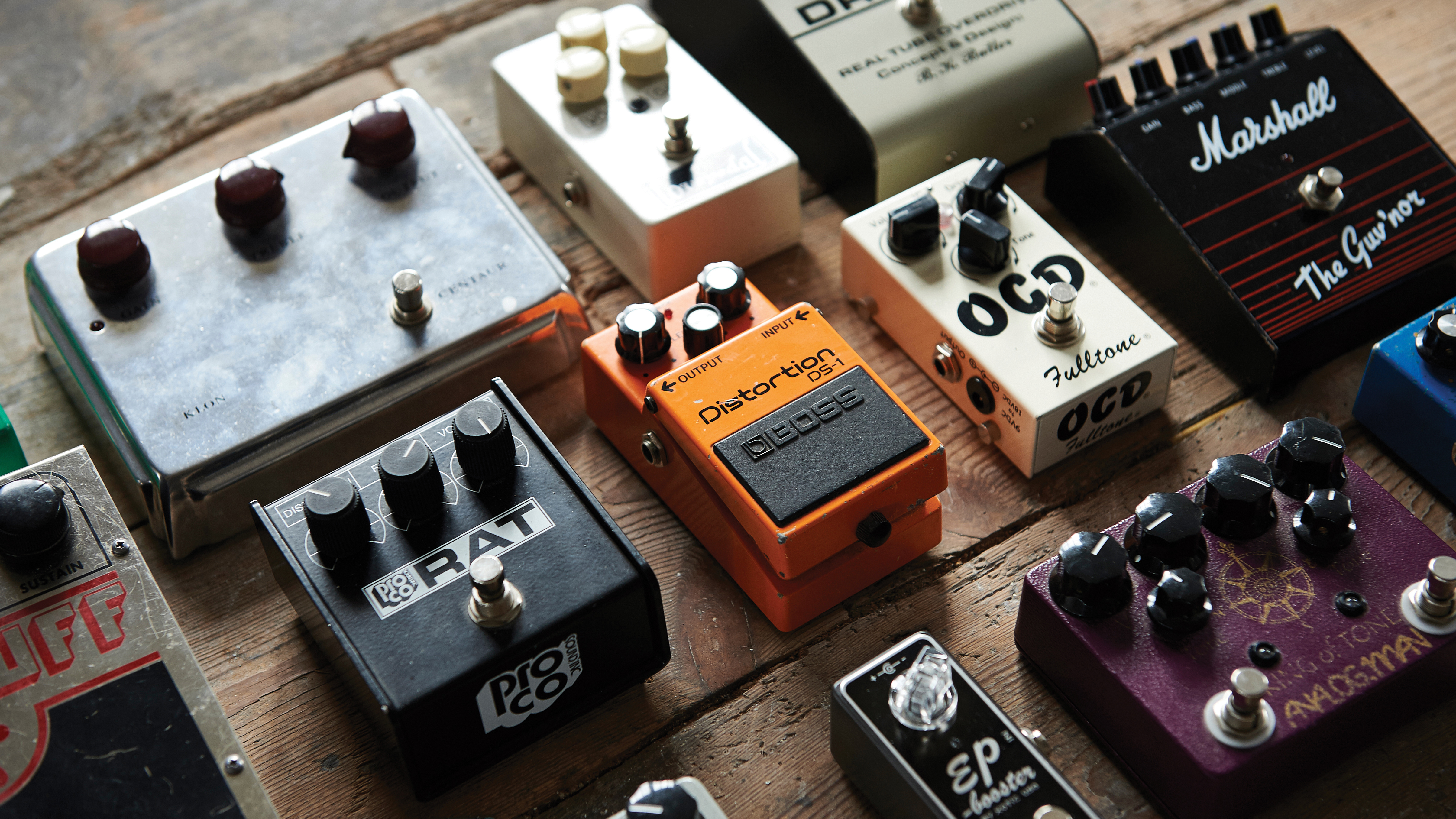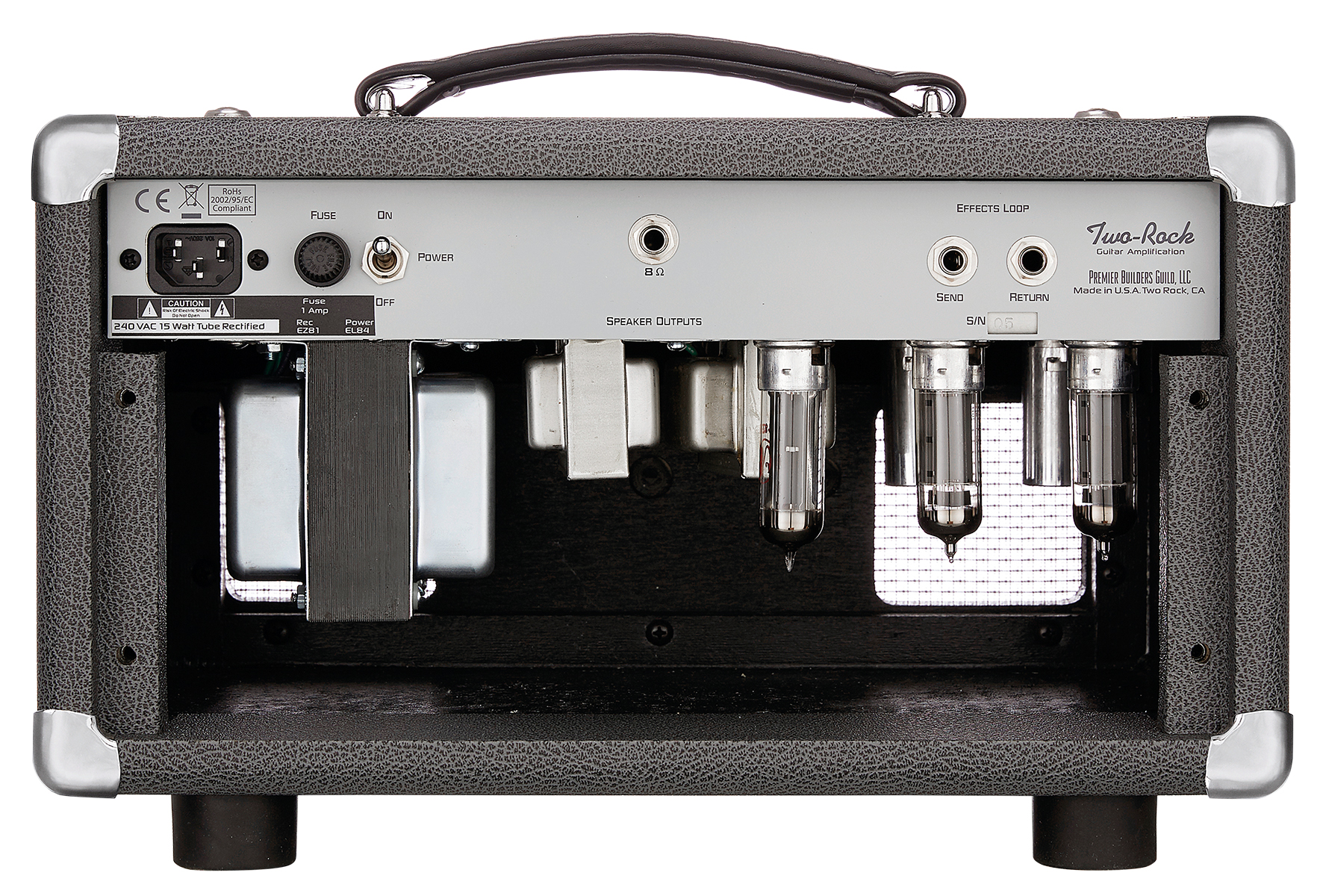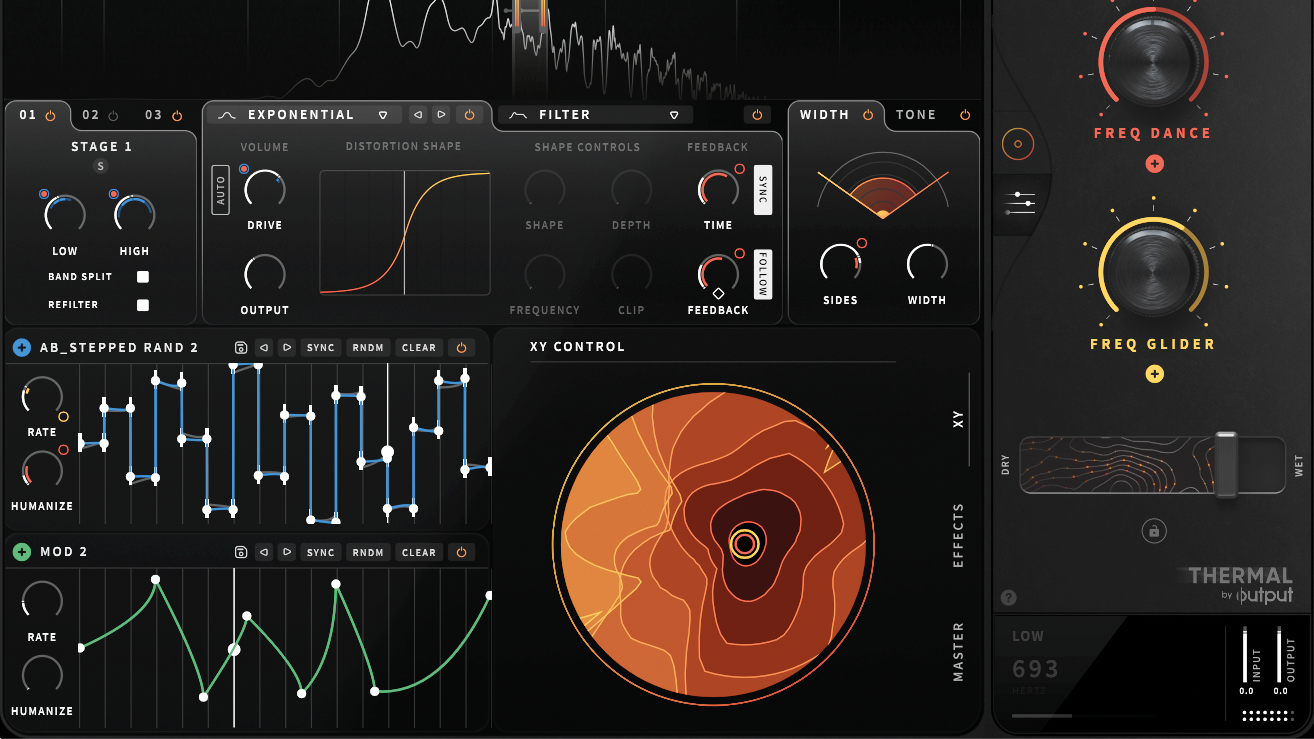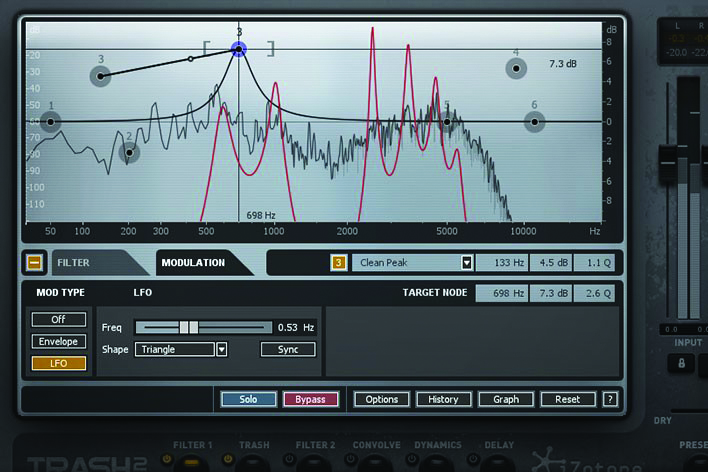
Distortion, originally considered an undesirable side effect of overloading audio equipment, has become a key element of countless genres of modern music.
The history of distortion truly begins in the ’50s when rock ‘n’ roll pioneers started deliberately applying distortion as an effect. By the late ’60s, distortion was established as part of the musical lexicon, leading to the rise of dedicated overdrive pedals, fuzzboxes and distortion units, so you could get sizzling distorted tones without relying solely on amp distortion.
Valve distortion
Distortion can be introduced by a number of elements of your signal chain, including speakers, transformers and various smaller electronic components. However, the sound we now usually know as overdrive or mild distortion mainly originates from overloading valve (aka tube) amps. As valve amps are pushed closer to their limits, they start to behave in a less linear way, and so the signal is compressed.
As the signal continues to exceed the amplifier’s maximum level, it starts to be clipped, meaning that the peaks are compressed and flattened. The waveform is re-shaped, tending towards a squarer wave. The characteristics of different waveforms have a major effect on their sound. The squared off peaks of the distorted signal mean its sound becomes more like a square wave, rich in pleasant, odd harmonics.

Harmonics
Rather than think about distortion in terms of wave-shaping, we can also consider the effect it has on the harmonic content of a signal. Different wave shapes (square, sine, sawtooth and so on) contain different patterns of harmonics. A square wave, for example, contains the fundamental frequency and all odd-numbered integer harmonics.
Therefore, as we clip the waveform we start to introduce more and more odd-numbered harmonics as the wave moves closer and closer to a square shape. Not only does this represent a good way of understanding how distortion affects a signal, it also allows us to think about why certain types of distortion are considered more pleasing than other types.

Looking at harmonics also raises an overlooked point. By distorting a signal, we’re adding a lot of content to its frequency range. Take for example a sine wave sub bass line. Without any distortion, the sine wave contains only the fundamental frequency of the note being played. If we distort the signal, this is no longer the case. Distorting the signal adds harmonics, and increasing the level of distortion also increases the amplitude of these harmonic frequencies.
The consequences of this are significant. Firstly, the perceived volume of the sub bass will change as we hear the harmonics and our brain fills in the gaps about the fundamental frequencies. This is particularly apparent on smaller speaker systems – a 40Hz sine wave may be almost inaudible on a small speaker or cheap pair of headphones, but the harmonics induced by distortion make the sound stand out.

Secondly, as producers, we need to consider the overall balance of frequencies as we mix. Distorting a part will have knock-on effects on our mix thanks to frequency clashes where harmonics are introduced. If you find yourself having to correct a mix by cutting frequencies out of a distorted part, you may be better off winding back the distortion a touch to avoid going round in circles.
Distorting a part will have knock-on effects on our mix thanks to frequency clashes where harmonics are introduced
While single-oscillator sine and triangle waves are the optimal choices for saturation applications, digital synths have such precise tuning that you can achieve even more impressive effects by combining two or three sine wave oscillators at different harmonic tunings before sending them to the saturation processor.
Octaves and fifths yield the cleanest results, while detuning one oscillator in a pair of sine waves can be useful for bell and mallet tones with unusual sidebands. Additive synthesis is another option for clean results, since harmonics are mathematically correlated.
Keep in mind that non-harmonic intervals can wreak havoc with drive-based waveshaping, which is why some rock guitarists stick with fifths for their riffing.
Solid-state
As with most other electronic music equipment, valve distortion was soon followed by solid-state equivalents. A quick note: ‘solid-state’ refers to electronic circuits which contain components built from solid materials. Whereas valves contain vacuums and occasionally gases, components such as transistors and semiconductors are built entirely from solid materials.
These days, if a piece of equipment doesn’t contain any valves it’s a pretty safe bet that you can call it solid-state. In the 1960s, new transistor and diode technology made it possible to build small pedal-based distortion effects.
The principle is similar: force an overly hot signal into a circuit in order to push it beyond its working limits and induce clipping of the waveform. However, since solid-state components behave differently to their valve counterparts, the resulting sound is subtly different.

Typically, the break-up of a solid-state circuit is more sudden and more aggressive than tube distortion, characterised by higher levels of odd-order harmonics. Although the difference between valve and solid-state is easily identified, things get a little more complex when you try to define different types of solid-state distortion effect, such as fuzzboxes and overdrives.
Overdrive is often used to describe valve distortion (or solid-state distortion units which attempt to mimic the sound of valves), whereas fuzzboxes are usually high gain units which square off a signal dramatically.
Bitcrushing
Although it’s sometimes not considered a form of distortion in the same sense as a cranked valve amp or analogue fuzzbox, bitcrushing and downsampling a digital signal creates a distorted effect.
Bitcrushing refers to the process of reducing the resolution of a signal, while downsampling involves reducing the sampling rate
Bitcrushing refers to the process of reducing the resolution of a signal, while downsampling involves reducing the sampling rate. Depending how far you take them, both processes help create a low fidelity signal riddled with aliasing and digital imprecision. Many bitcrushing effects also let you control the input gain of the signal.
Bitcrushing and sample reduction are in fashion right now as a way of achieving a slightly different distorted sound without turning to the usual valve warmers and distortion effects. Whether you plan to keep it subtle for a bit of authentic ’80s fuzziness or crush the hell out of a sound, bitcrushing and downsampling should be considered alongside overdrives and tube effects as a different flavour of distortion.







